Write it Right: A Guide to Writing Tones
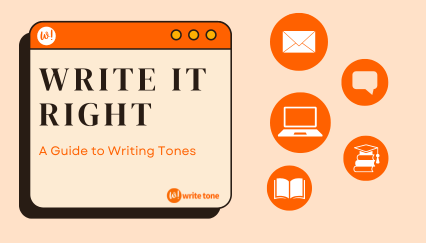
In writing, words are more than just tools, they're instruments that allow us to convey our thoughts, emotions, and intentions. But the way we use these instruments can vary greatly depending on the context and purpose of our writing. This is where the art of tone comes in: the ability to adapt your writing style to suit different situations and audiences. In this blog post, we'll explore the importance of using appropriate tones in various writing contexts and provide examples of when each tone is most effective.
Understanding the Power of Tone
Tone is how your words make people feel. It can be serious, funny, or
anything in between. The tone you use in your writing depends on the message you want to
convey and the audience you're writing for. For example, you wouldn't use the same tone in a
news article as you would in a personal email.
Here are some common writing tones and when to use them:
Formal Tone
A formal tone is one that is serious, professional, and follows established norms. It is often used in academic writing, business correspondence, and official documents. This type of tone conveys respect and commands attention. For example, a research paper or a cover letter for a job application should use a formal tone to establish credibility.
Example: We cordially invite you to attend the annual gala event, which will commence at 7 PM on the 15th of September.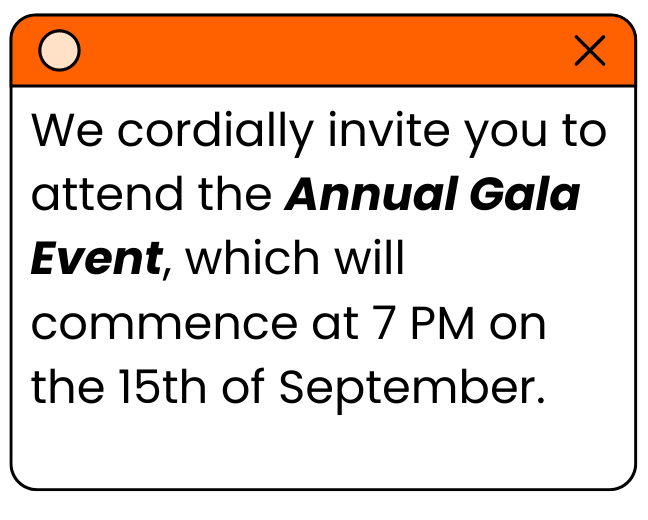
Informal Tone
An informal tone is friendly, conversational, and relaxed. It's ideal for blog posts, personal emails, and social media updates. This tone creates a sense of intimacy and familiarity with the reader, making the content more relatable.
Example: Hey there! We've got some exciting news to share. Check out our latest blog post for all the juicy details.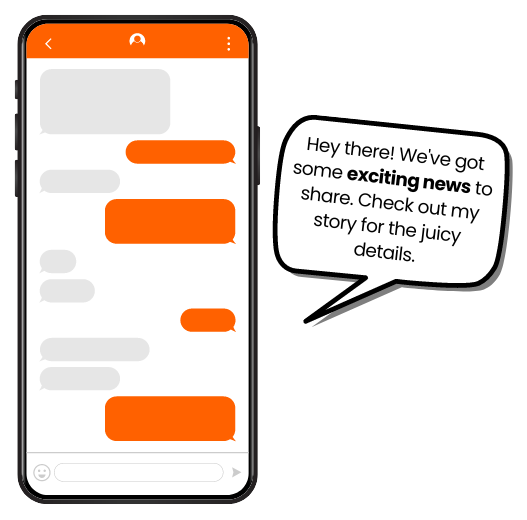
Persuasive Tone
A persuasive tone aims to convince the reader to adopt a certain viewpoint or take a specific action. It's often employed in marketing materials, advertisements, and opinion pieces. This tone utilizes emotional appeals, strong language, and compelling arguments.
Example: Don't miss out on this limited-time offer! Upgrade to our premium plan now and unlock a world of exclusive features tailored to your needs.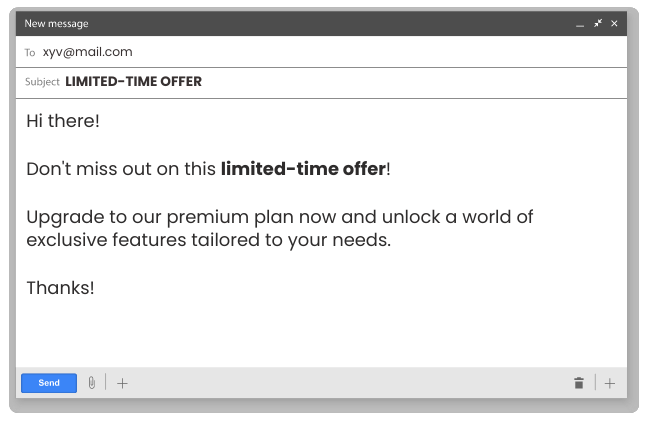
Narrative Tone
A narrative tone tells a story, engaging the reader's imagination and emotions. This is seen in creative writing, personal anecdotes, and case studies. The narrative tone allows for vivid descriptions and a sense of journey.
Example: As the sun dipped below the horizon, casting a warm golden glow across the tranquil lake, Sara realized that this was the moment she had been waiting for.Academic Tone
Academic tone is precise, objective, and follows scholarly conventions. It's used in academic essays, research papers, and scholarly articles. This tone helps to clearly present ideas and support arguments with evidence.
Example: The empirical data collected from multiple sources corroborates the hypothesis that socioeconomic factors play a pivotal role in educational attainment.Introducing "Write Tone": Your AI-Powered Writing Assistant
Navigating through these different tones can be challenging, especially when you're dealing with various writing contexts. This is where technology can lend a helping hand. Write Tone, an AI-powered writing tool assistant, is designed to assist you in setting the right tone for your text.
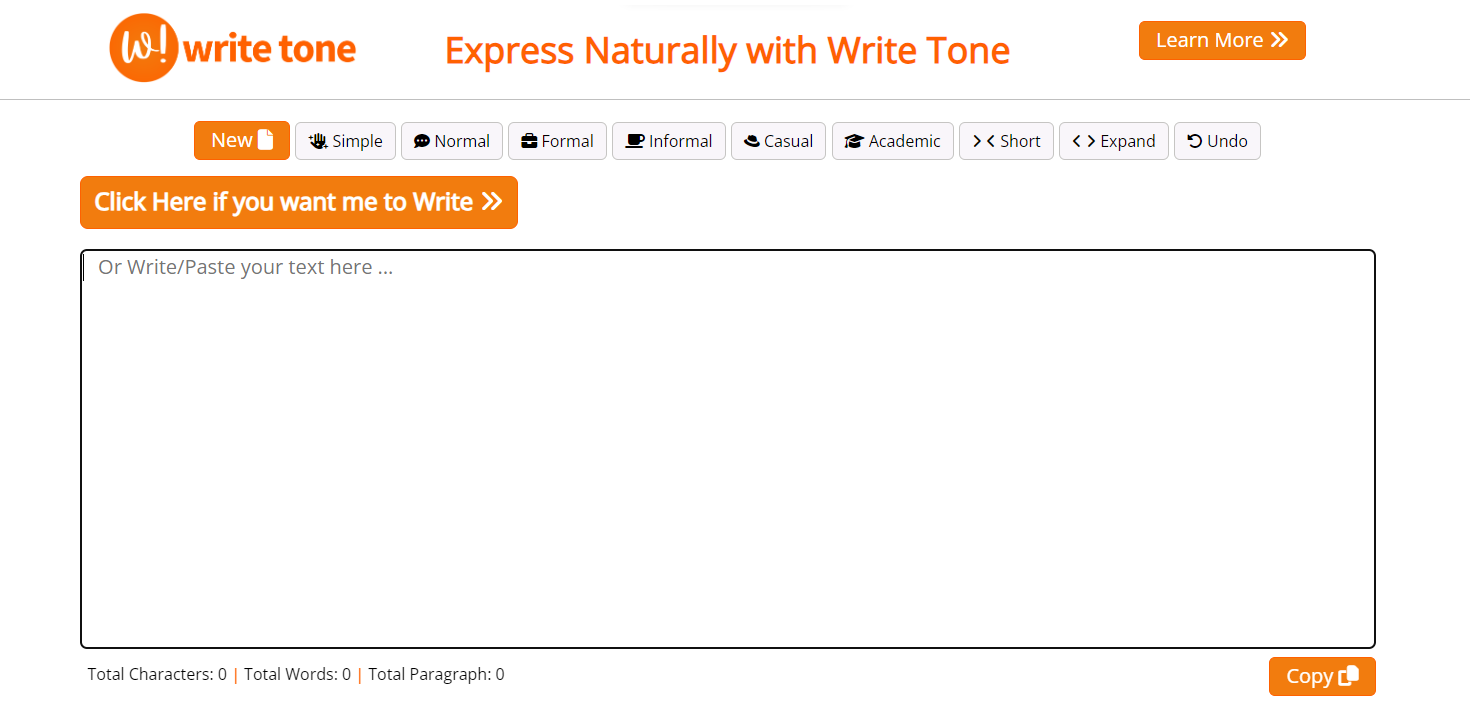
Learn More about Write Tone
Every situation calls for a different tone of expression.Write Tone makes sure you use the right tone,words, and style for every situation. Write Tone is designed to provide a variety of writing tones to assist you in writing effectively. Whether you need a formal tone for a professional report or a casual tone for a professional report or a casual tone for a friendly email, Write Tone has got you covered!
Why use Write Tone ?
It does this by analysing the context and purpose of your writing, and then suggesting
appropriate vocabulary, sentence structures, and overall style adjustments.
Whether you're writing a formal report, a persuasive pitch, or a heartfelt blog post, Write Tone can help you make sure your writing is
effective and engaging.
Conclusion
Using the right tone is a powerful tool that can take your writing
from good to great. It's the ability to use language in a way that's appropriate for your
audience and purpose. Whether you're writing for a formal setting, a personal letter, or a
sales pitch, the tone you use will make a big difference in how your message is received.
With the help of tools like Write Tone, you can learn how to use tone effectively to create
impactful and resonant content.